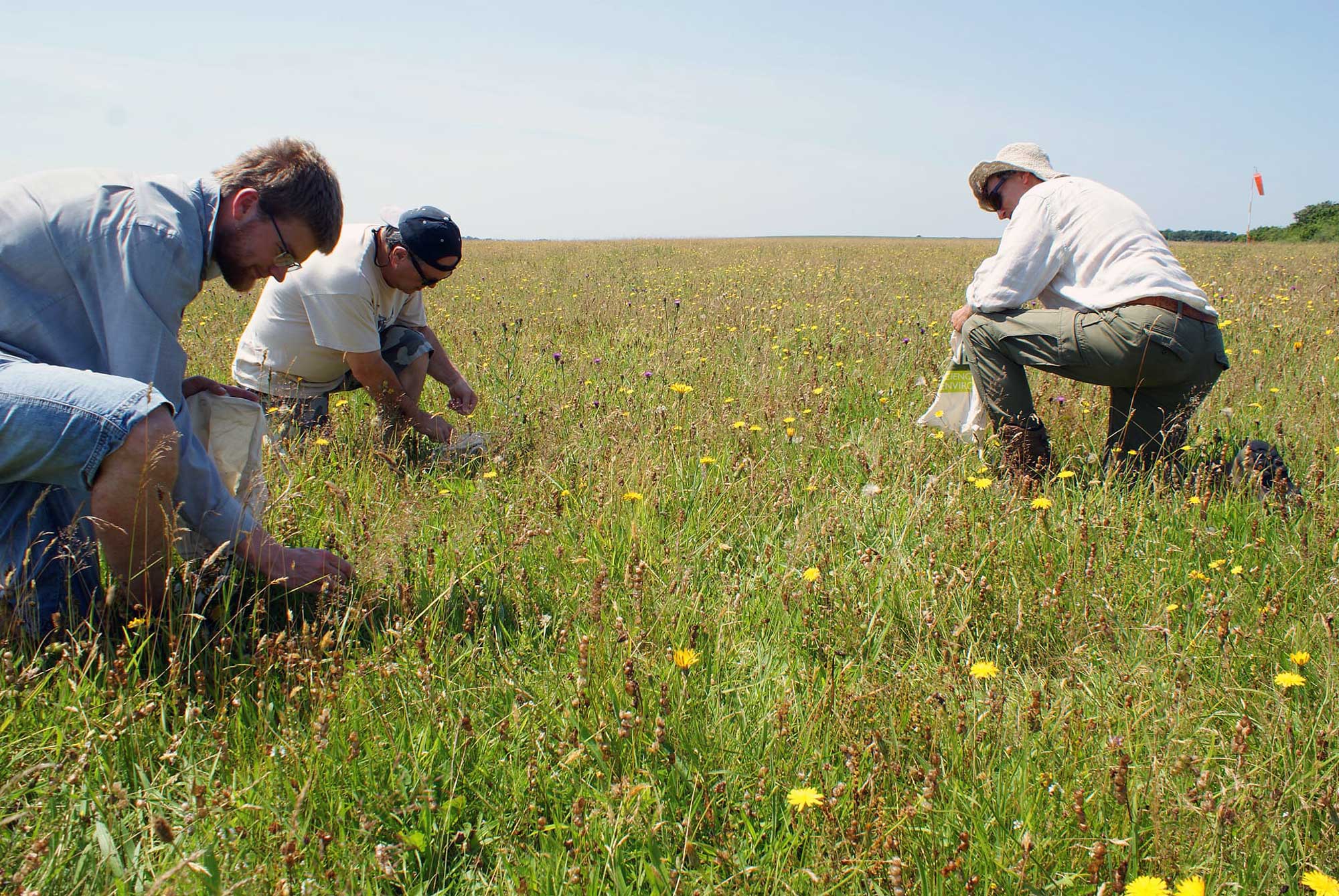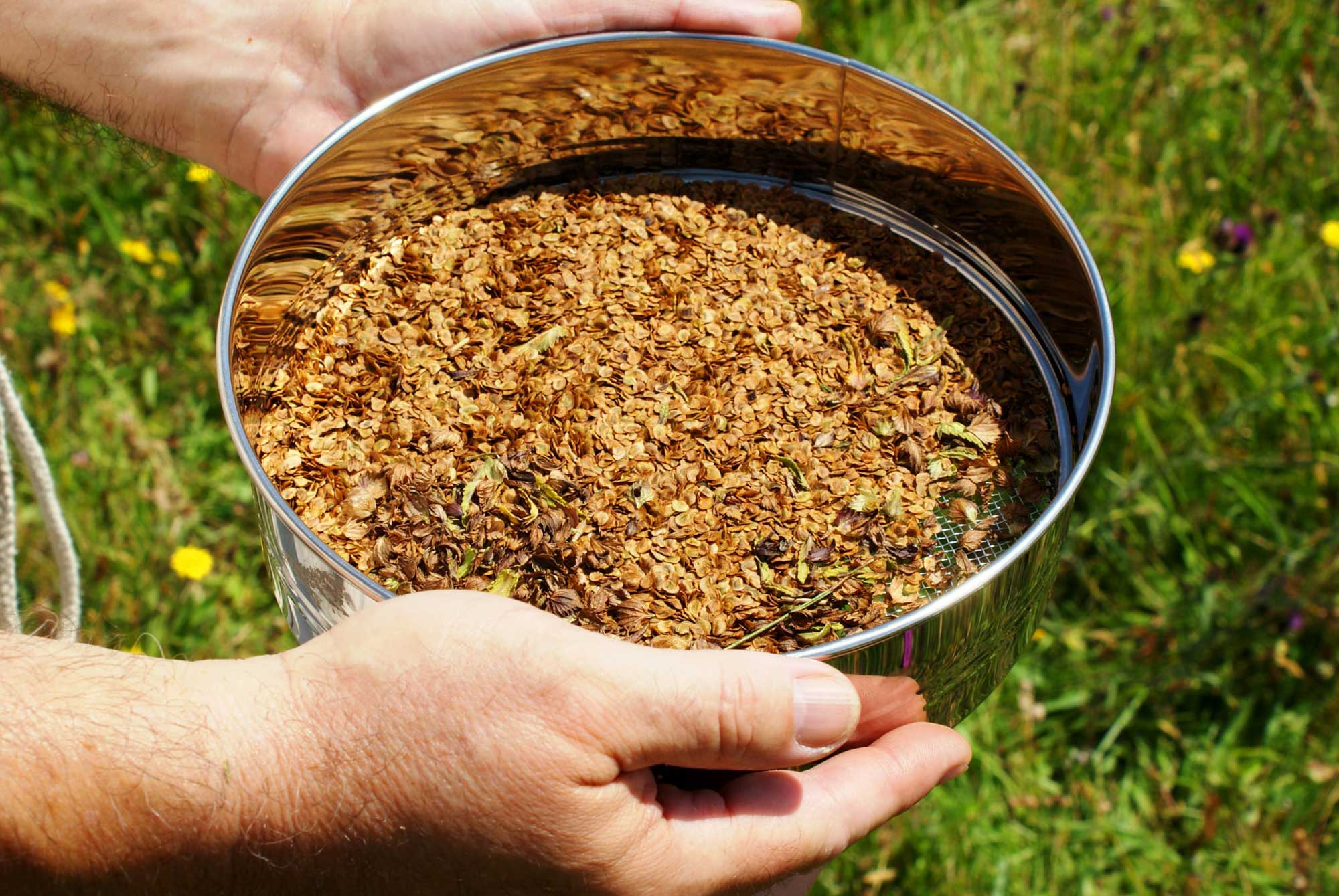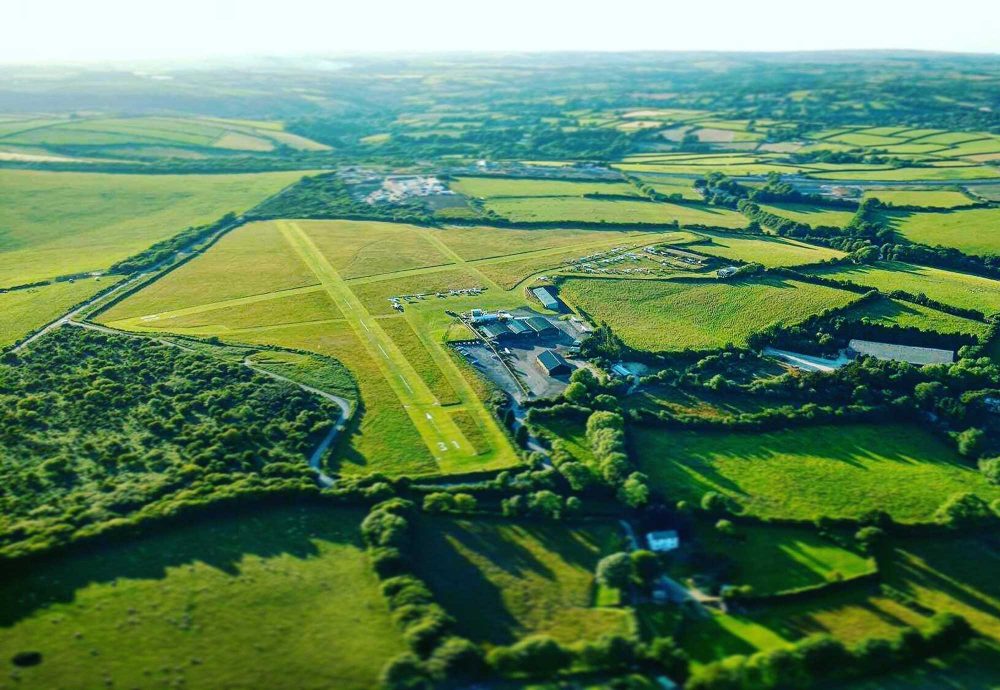Bodmin Airfield in Cornwall has been recognised as having the largest natural traditional hay meadow in the whole of the south-west.
Jay Gates, manager of the airfield, explained, “Just over two years ago, Ian Benallick, who is the Botanical Recorder for Cornwall and co-author of the red book for Cornish Wild Flowers, was walking past the airfield when he spotted an orchid in the airfield verge.
He asked if he could come inside the airfield and conduct a quick survey which turned up an astonishing list of over 150 species of wild flowers, grasses and ferns and which included an estimate of over 3,000 orchids of three distinct species in the outfield.
“It was at this point that he told us that we were the stewards for what was slightly more important than merely a pleasant GA airfield on the side of Bodmin Moor,” said Jay.
“This has made us realise that General Aviation, and airfields, may unwittingly be sitting on land that is more important to the nation than you would have previously thought.”

Botanists collecting seeds from Bodmin’s traditional hay meadow, thought to be the largest in the south-west. Photos: Bodmin Airfield
So how has Bodmin managed this? By accident, said Jay.
“For the past few decades it has had no herbicides, pesticides or harmful fertilisers spread across it, and other than the runways and taxiways, the outfield is only cut once a year with the cuttings all baled and removed from the site by a local farmer for use as silage and fodder for his cattle.
“We also carry out a thorough removal of ragwort every year. We are surrounded on all four sides by sheep farms, cattle farms, common grazing lands and mapped bridlepaths. Ragwort has the potential to be lethal to sheep, cattle and horses if ingested.”

Seeds from Bodmin’s hay meadow are highly prized
Darren Fern, chairman of Cornwall Flying Club, added, “Bodmin Airfield has been working with Exeter University and other environmental groups over the past couple of years.
“We have an outstanding example of a native English hay meadow, and the seeds from the grasses are highly sought after by farmers wishing to return their fields to their natural state.
“Botanists from all over the country now ask to visit our site.
“I’m sure every other airfield in the country has similar ‘out-field’ areas that will have the same natural diversity and environmentally valuable resources.
“There is an opportunity for all airfields to be recognised as being environmental heroes, and not the villains, for a change.”
Bodmin Airfield














